In which Area is Africa lagging behind most?
We are lagging behind in the area of infrastructure where over 40 per cent of our competitiveness is lost because of the absence of or poor and inefficient infrastructure. The continent only accounts for 2.5 per cent of global trade, with the continent’s manufacturing sector only accounting for one per cent. Our intra-African trade is the lowest in any region at 12 per cent compared with about 40 per cent in North America and about 60 per cent in Western Europe. Africa remains politically and economically fragmented, with 54 small markets instead of one. Non-oil and non-mineral exports remain low at an estimated one per cent since 1992. .
Background for AfCFTA:
Action Plan for Boosting Intra-Africa Trade(BIAT)
The Assembly of the Heads of State and Government of the African Union adopted, during its 18th Ordinary Session that was held in Addis Ababa, Ethiopia, in January 2012, the decision (Assembly/ AU/Dec.394 [XVIII]) to establish a Pan- Africa Continental Free Trade Area (CFTA) bythe indicative date of 2017. It also endorsed an Action Plan for Boosting Intra-Africa Trade (BIAT).
This historic Summit Decision is aimed at deepening Africa’s market integration and using trade to serve more effectively as an instrument for the attainment of rapid and sustainable socio-economic development. The decision is in line with the overarching objectives set for the African Union by its founding fathers: to “accelerate the process of implementing the Treaty establishing the African Economic Community in other to promote the socio-economic development of Africa and to face more effectively the challenges posed by globalization” and to “promote sustainable development at the economic, social and cultural levels as well as the integration of African economies.”
Over the decades, several major initiatives have been adopted for the promotion of Africa’s socio-economic development. Unfortunately, many of these initiatives have failed to achieve their stated objectives. The missing link between goals and achievements has been effective implementation of programmes and policies. Quite often, there is the absence of a strategic framework and institutional arrangements, including a monitoring and evaluation mechanism, to drive the process of implementation of the initiative towards the attainment of its objectives.
It is to ensure that the CFTA and BIAT initiative achieves its laudable objectives of boosting intra-Africa trade and accelerating Africa’s market integration that the AU Summit has established, as part of the CFTA Architecture, a High-Level African Trade Committee (HATC), comprising of Heads of State and Government (the Chairs of the Regional Economic Communities {RECs}) to play a facilitating role and unlock any blockages that might arise in the implementation of the CFTA and BIAT agenda. Also, in endorsing the BIAT Action Plan, the Summit directed the AUC, in collaboration with the RECs and development partners, “to develop an implementation strategy for the Action Plan”.
The BIAT Action Plan Clusters
The Action Plan for Boosting Intra-Africa Trade, as endorsed by the AU Summit, contains seven major clusters, the implementation of whose programmes and activities is aimed at addressing the key constraints and challenges of intra-African trade and at significantly enhancing the size and benefits of the trade for the attainment of sustainable economic growth and development. The clusters cover:
- Trade Policy
- Trade Facilitation
- Productive Capacity
- Trade-Related Infrastructure
- Trade Finance
- Trade Information and
- Factor Market Integration
Under each of these clusters, the BIAT Action Plan provides, in broad terms, an indicative list of programmes and activities that need to be implemented in the short to long terms at the national, regional and continental levels.
Source: https://www.uneca.org/pages/action-plan-boosting-intra-africa-trade
How far along are we in terms of integration?
When you talk of integration there are number of schemes. There is integration where goods, labour and services move freely. There is integration that also allows for capital movement. There is also physical integration — unfortunately, in this area, we have not done much.
What opportunities does Africa present to the rest of the world?
Africa has about 300 million middle class citizens who provide a viable market. We now need to integrate this market so that it turns into a powerhouse that can drive economies. Africa has huge natural reserves. All we now need is to put in place good governance structures to ensure resources benefit the people; that we exploit them in a sustainable manner and also add value. .
Do the trade agreements that individual countries have with bilateral partners affect Africa’s integration?
We must ensure the deals we are getting into are in line with Africa’s agenda. We must make sure that what we commit to is in the best interests of the continent. .
(right): H.E. Abdel Fattah al-Sissi – President of the Arab Republic of Egypt and Chairperson of the African Union and (left): Dr. Benedict Okey Oramah – Chairperson of Afreximbank launching the operational phase of the African Continental Free Trade Area at the African Union 2019 July Summit in Niamey, Niger
H.E. Dr. Moussa Faki Mahamat, Chairperson of the Commission making a presentation to the assembly
The 12th Extraordinary summit of the African Union which was held in Niamey on the 7th of July 2019 was a momentous occasion for Africa, as it saw the successful launching of the operational phase of the African Continental Free Trade Area (AfCFTA). The AfCFTA agreement was adopted and opened for signature on 21 March 2018 in Kigali and entered into force on 30 May 2019.
The launch ceremony included “a roll call of honour” during which the 27 countries that had ratified the instruments of the AfCFTA as at 7th July 2019 were announced, and the 28 countries which had signed but not yet ratified were also announced with only one member state, Eritrea, yet to sign. A commemorative plaque was unveiled to mark the occasion and the announcement of the selection of Ghana to host the AfCFTA secretariat was also made.
The launch of the operational phase was characterised by the adoption of five key instruments
- The Rules of Origin: A regime governing the conditions under which a product or service can be traded duty free across the region
- The Tariff concessions: It has been agreed that there should be 90% tariff liberalisation and the deadline is 1st July 2020. Over a 10 year period with a 5 year transition, there will be an additional 7 % for “sensitive products” that must be liberalised
-
The online mechanism on monitoring, reporting and elimination of non-tariff barriers, NTBs: NTBs are a great hindrance to intra African trade whether physical, like poor infrastructure, or administrative like the behaviour of customs officials. These are to be monitored with a view to ensuring they are eliminated.
-
The Pan-African payment and settlement system: To facilitate payments on time and in full, by ensuring that payments are made in local currency and at the end of the year there’ll be net settlements in foreign exchange. With the certainty of payments, there will be confidence in the system.
-
The African Trade Observatory: A trade information portal to address hindrances to trade in Africa due to lack of information about opportunities, trade statistics as well as information about exporters and importers in countries. The trade observatory will have all this information and other relevant data which will be provided by AU member states
The significance of the African Continental Free Trade Area
The AfCFTA will be the largest free trade area since the formation of the World Trade Organisation, given Africa’s current population of 1.2 billion people, which is expected to grow to 2.5 billion by 2050. Some of its expected benefits include:
- Increasing trade among African countries which currently ranges between 15-18%.
- Stimulate production through the development of regional value chains, to ensure that manufacturing, agro processing and other activities across the continent are stimulated to supply the market.
- Strengthen the capacities of African companies to access and supply world markets.
- Strengthen African’s economic and commercial diplomacy.
The commencement of trading within the AfCFTA is slated for 1st July 2020.
Source: https://au.int
AfCFTA SECRETARIAT
H.E Wamkele Mene, the newly elected Secretary-General of the African Continental Free Trade Area (AfCFTA) Secretariat sworn-in March 26, 2020 to give him legitimacy to commence business.
The ceremony took place at the African Union Commission headquarters in the presence of Dr. Moussa Faki Mahamat, Chairperson of the Commission and Mr Edward Xolisa Makaya, the Permanent Representative of South Africa to the African Union and Chairperson of the Permanent Representative Committee (PRC).
The Ceremony was also attended by Mrs. Amma Adoma Twum-Amoah, Ambassador and Permanent Representative of Ghana to the AU, representing the host country of the AfCFTA Secretariat and Mr. Zakario Maiga, Ambassador and Permanent Representative of Niger, representing the Champion of the AfCFTA process.
The Secretary-General would provide leadership and technical support to AfCFTA Secretariat and overall management of the day-to-day functioning of the Secretariat to ensure it achieves its desired mandate, according to AUC release copied to the Ghana News Agency.
In particular, Mr Mene would be responsible for the management of the AfCFTA Secretariat, implementation of the AfCFTA Agreement and strategic collaboration; stakeholders’ engagement; and resources mobilisation for the implementation of the AfCFTA Agreement.
Role of the AfCFTA secretariat
The Secretariat will facilitate the efficient conduct of the business of the AfCFTA. It will develop the working programme and the annual budget and implement the decisions of the Ministers and Heads of State and Government. Until the secretariat which is to be hosted in Ghana is fully operational, the AU Commission will be the interim secretariat.
Presentation by Beatrice Chaytor
Senior Trade Expert, AfCFTA Support
Unit, Dept. of Trade and Industry, AUC
AfCFTA Ratification
The first meeting of the AfCFTA Council of Ministers responsible for trade took place in Addis Ababa on 24-25 October 2019. It was preceded by a meeting of senior technical officials on 21-23 October.
The most recent communication from the African Union on the AfCFTA is contained in a Decision adopted at the 33rd Ordinary AU Assembly held from 9-10 February, 2020 in Addis Ababa:
pdfAU Assembly Decision on the AfCFTA – February 2020 (995 KB)
The African Continental Free Trade Area Agreement entered into force on 30 May 2019 for those countries that had deposited their instruments of ratification before this date.
According to Article 23 of the Agreement, entry into force occurs 30 days after the 22nd instrument of ratification is deposited with the Chairperson of the African Union Commission (AUC) – the designated depositary for this purpose – an essential step for the AfCFTA to enter into force. On 29 April 2019, Sierra Leone and the Saharawi Republic deposited their instruments of ratification with the depositary, paving the way for the AfCFTA’s entry into force.
Nigeria and Benin signed the AfCFTA Agreement during the 12th Extraordinary Session of the Assembly of the African Union on the AfCFTA in Niamey, Niger on 7 July 2019, which marked the launch of the operational phase of the AfCFTA Agreement. Of the 55 AU member states, only Eritrea has yet to sign the Agreement.
The 28 countries that have deposited their instruments of AfCFTA ratification with the AUC Chairperson are Ghana, Kenya, Rwanda, Niger, Chad, Congo Republic, Djibouti, Guinea, eSwatini, Mali, Mauritania, Namibia, South Africa, Uganda, Ivory Coast (Côte d’Ivoire), Senegal, Togo, Egypt, Ethiopia, The Gambia, Sierra Leone, Saharawi Republic, Zimbabwe, Burkina Faso, São Tomé and Príncipe, Gabon, Equatorial Guinea and Mauritius. Cameroon officially approved ratification of the AfCFTA Agreement on 31 October 2019; deposit of its instrument of ratification with the AUC is pending.
source: www.tralac.org
AfCFTA Resources
AfCFTA Agreement Document
AfCFTA FAQs
AfCFTA Updates

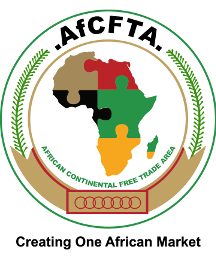


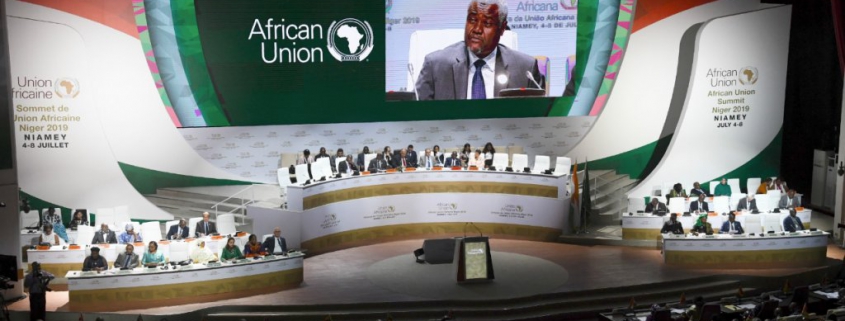
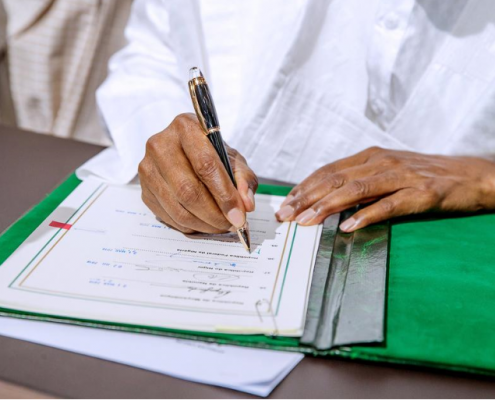
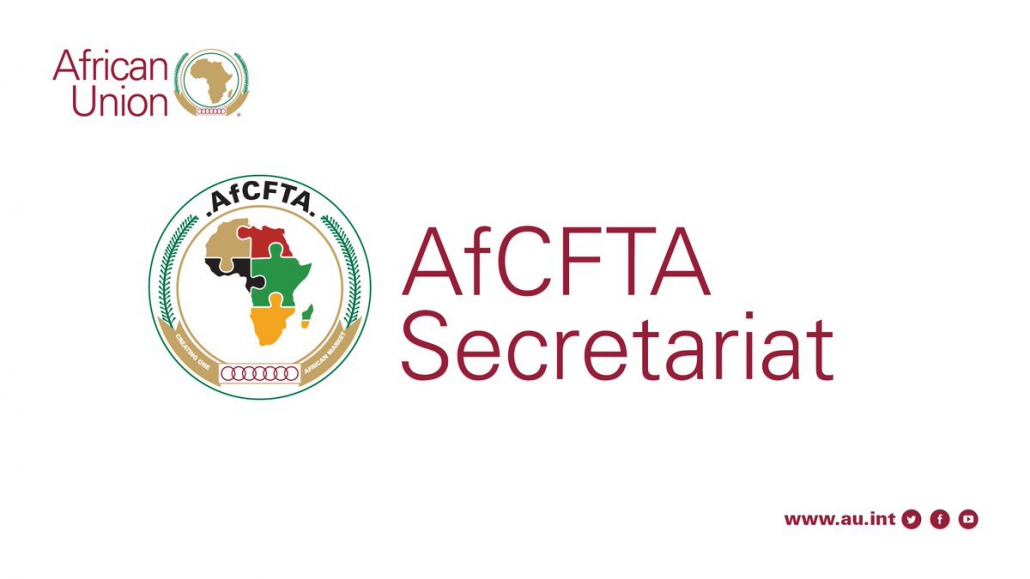
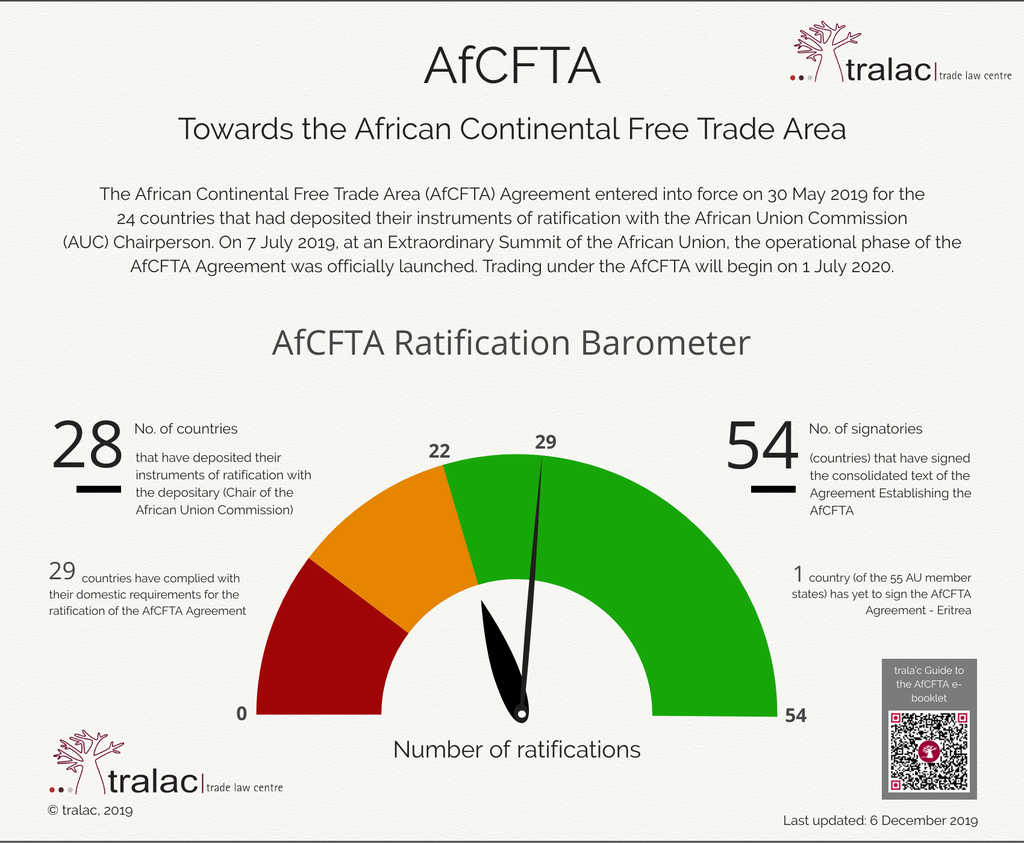
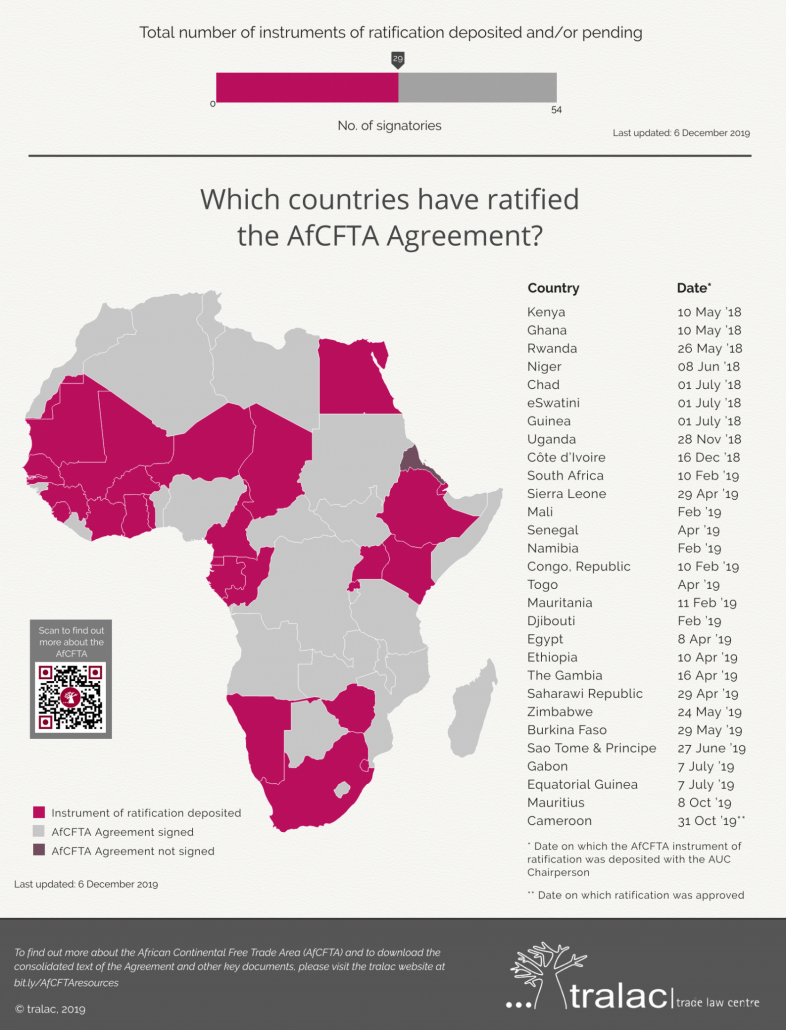

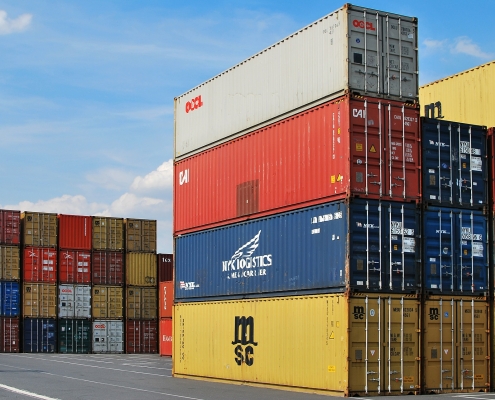 Image by
Image by 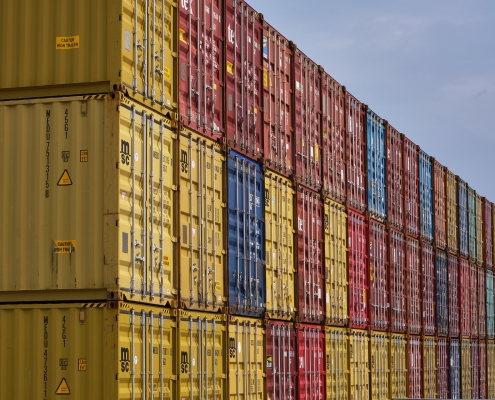 Image by
Image by